Are you tired of takeout that leaves you craving more flavor? I’ve got the perfect solution: my Better Than Takeout Lo Mein! This quick and tasty meal combines fresh veggies, savory sauces, and your choice of protein, all in under 30 minutes. Say goodbye to bland takeout and hello to a homemade dish that sparks joy in every bite. Ready to impress your taste buds? Let’s dive in!
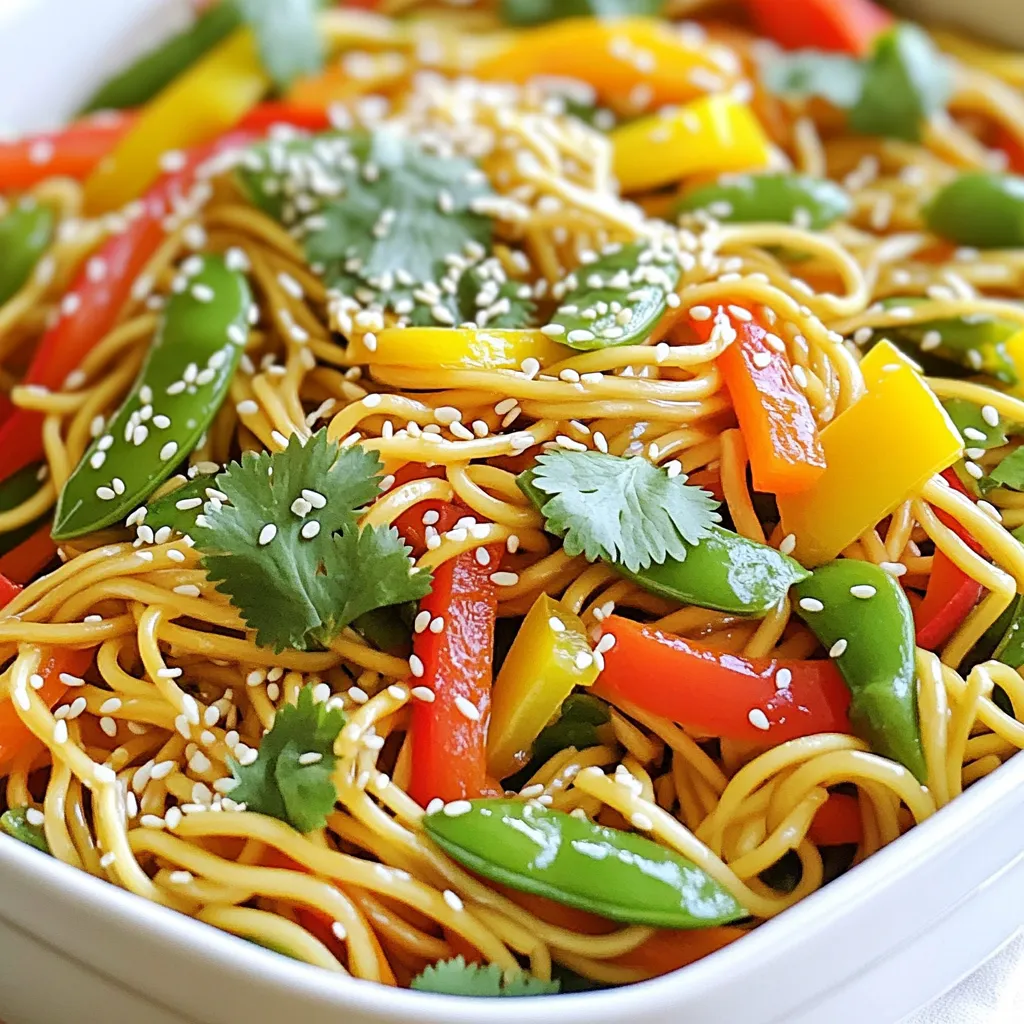
Ingredients
Main Ingredients for Better Than Takeout Lo Mein
- 8 oz lo mein noodles or spaghetti
- 2 tablespoons sesame oil
- 1 tablespoon olive oil
- 1 cup sliced bell peppers (red and yellow)
- 1 cup sugar snap peas, trimmed
- 1 cup carrots, julienned
- 3 green onions, sliced
- 2 cloves garlic, minced
- 1 tablespoon ginger, grated
To make a tasty lo mein, start with the noodles. You can use lo mein noodles or spaghetti if you cannot find them. Cook them according to the package instructions. Drain and toss them with sesame oil. This step helps to prevent sticking. Next, gather your colorful veggies. I love using bell peppers, sugar snap peas, and carrots. They add great color and crunch.
Aromatics are key to flavor. Mince the garlic and grate the ginger. These two ingredients will fill your kitchen with a delightful smell. They also add a warm, spicy note to your dish.
Flavor Enhancers
- 3 tablespoons soy sauce
- 1 tablespoon oyster sauce (optional)
- 1 tablespoon honey or maple syrup
- Salt and pepper to taste
- Sesame seeds for garnish
- Fresh cilantro for garnish
Now, let’s boost the flavors. Mix soy sauce and oyster sauce in a small bowl. The oyster sauce is optional, but it adds depth. For a hint of sweetness, add honey or maple syrup. A sprinkle of salt and pepper is important too.
Finally, we want to make it look pretty. Use sesame seeds and fresh cilantro for garnish. They give your dish a lovely finish and a pop of flavor.
Step-by-Step Instructions
Cooking the Noodles
To cook lo mein noodles, boil water in a large pot. Once the water boils, add the noodles. Cook them according to the package instructions. This usually takes around 5-7 minutes. Stir the noodles gently to prevent sticking. Drain the noodles and toss them with a little sesame oil. This oil helps keep them from clumping together.
Preparing the Stir-Fry
Heat a large skillet or wok over medium-high heat. Add 1 tablespoon of olive oil. Once the oil is hot, add 2 cloves of minced garlic and 1 tablespoon of grated ginger. Sauté for about 30 seconds, stirring often. The aroma will fill your kitchen! Next, add 1 cup of sliced bell peppers, 1 cup of sugar snap peas, and 1 cup of julienned carrots. Stir-fry these vegetables for 3-4 minutes. You want them to be tender but still crisp.
Now, toss in the cooked lo mein noodles and 3 tablespoons of soy sauce. If you want extra flavor, add 1 tablespoon of oyster sauce. Mix in 1 tablespoon of honey or maple syrup for a touch of sweetness. Stir everything together, ensuring the noodles and veggies get coated in the sauce. Cook for another 2-3 minutes, stirring constantly. This allows all the flavors to blend nicely.
Final Touches
To achieve the perfect texture, make sure not to overcook the noodles. They should be tender but not mushy. For a beautiful presentation, serve your lo mein in large bowls. Garnish with sesame seeds and fresh cilantro. A lime wedge on the side adds a nice zesty touch. Enjoy your meal!
Tips & Tricks
Essential Cooking Techniques
- Best practices for stir-frying vegetables: Heat your pan before adding oil. This helps the veggies cook quickly and stay crisp. Cut your vegetables into similar sizes. This ensures even cooking. Stir constantly to avoid burning.
- How to enhance flavors without overpowering: Start with less sauce, then taste as you go. Add more if needed. Fresh herbs like cilantro boost flavor without adding heaviness. A splash of lime can also brighten the dish.
Alternatives to Ingredients
- Substituting with pantry staples: If you don’t have lo mein noodles, spaghetti works well. Use any fresh or frozen vegetables you have. Carrots, peas, or broccoli are great choices.
- Variations for dietary restrictions: For gluten-free options, use rice noodles or gluten-free soy sauce. You can also swap honey with agave syrup for a vegan option.
Timing and Cooking Tips
- Optimal cook times for stir-frying: Cook the vegetables for 3-4 minutes. You want them tender yet crunchy. Stir-fry the noodles with the sauce for 2-3 minutes. This helps the flavors mix well.
- Adjusting sauce flavors to personal preference: If you like it sweeter, add more honey. For a saltier taste, increase the soy sauce. Feel free to mix flavors until you find your favorite balance.
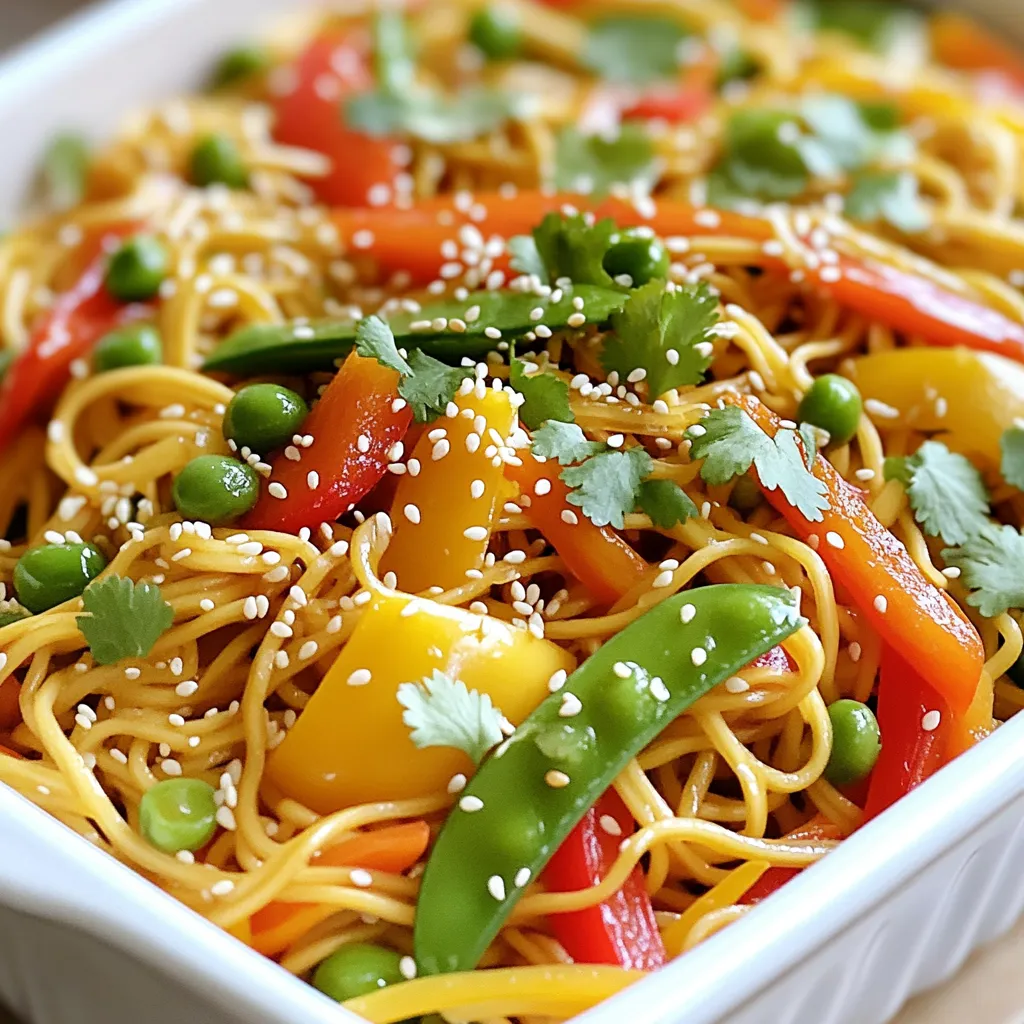
Variations
Protein Additions
You can add protein to your lo mein for a heartier meal. Chicken, shrimp, or tofu work well. If you choose chicken or shrimp, cut them into small pieces. Tofu can be cubed and pressed to remove extra water. I suggest marinating proteins to boost flavor. For chicken, use soy sauce and ginger. For shrimp, a splash of lemon juice works wonders. For tofu, try a mix of soy sauce and sesame oil. Let them soak for at least 15 minutes before cooking. This step makes a big difference!
Creating Different Flavor Profiles
You can change the flavor of your lo mein with different sauces. For a spicy kick, add chili paste or Sriracha. If you like sweet, try more honey or maple syrup. You can also use teriyaki sauce for a savory taste. Don't forget to add more vegetables for variety! Broccoli, mushrooms, or baby corn can create new textures. Toss in some bok choy for crunch. Mixing these ingredients adds layers of flavor to your dish.
Vegetarian and Vegan Options
If you want a vegetarian dish, swapping meat is easy. Use tofu or tempeh as a protein source. For a vegan option, skip oyster sauce or find a plant-based one. To keep flavors strong, use vegetable broth instead of water. You can also add more spices like five-spice powder. This gives your dish depth without animal products. Ensure your sauces are vegan-friendly, and you will have a tasty meal.
Storage Info
Storing Leftovers
To store leftover Lo Mein, use airtight containers. Glass or plastic containers work well. Always cool the dish before sealing. This step helps keep it fresh.
- Place the noodles and veggies in a single layer.
- Avoid storing in metal containers, as they can affect flavor.
- Add a sprinkle of sesame oil to keep noodles moist.
To maintain freshness, eat leftovers within three days. Keep them in the fridge. If you notice any off smells, it’s best to discard them.
Reheating Instructions
You can reheat Lo Mein in a few ways. The microwave is quick and easy. Place the noodles in a bowl and cover them with a damp paper towel. Heat for one to two minutes. Stir halfway to ensure even heating.
For stovetop reheating, use a skillet. Add a splash of water or broth to prevent sticking. Heat on medium until warm, stirring often. This method helps keep the noodles from becoming mushy.
Freezing Lo Mein
Freezing Lo Mein is a great option for long-term storage. To freeze, let the dish cool completely. Place it in a freezer-safe container or bag. Remove as much air as possible to prevent freezer burn.
- Label the container with the date.
- Use within three months for best taste.
Before freezing, consider the texture. Fresh veggies may not hold up well. You can blanch them first or add them fresh when reheating. This way, they stay crisp and tasty.
FAQs
Can I use different types of noodles?
Yes, you can use other noodles. Spaghetti works well if lo mein noodles are hard to find. Rice noodles or udon are also great choices. They all bring a unique taste and texture.
How do I make it gluten-free?
To make your lo mein gluten-free, pick gluten-free noodles. Rice noodles are a tasty option. Use tamari instead of soy sauce. This swap keeps the flavor without gluten.
What can I serve with Better Than Takeout Lo Mein?
Serve this lo mein with spring rolls or dumplings. A simple cucumber salad adds crunch. You could also pair it with a hot and sour soup for a complete meal.
How can I make my Lo Mein spicy?
Add red pepper flakes or chili paste for heat. You can also toss in sliced jalapeños while cooking. For a unique twist, try a splash of sriracha in the sauce.
This blog post covers how to make Better Than Takeout Lo Mein. We explored key ingredients and flavor boosters. You learned the steps to cook noodles, stir-fry veggies, and perfect your dish. We shared valuable tips for timing, techniques, and ingredient swaps. Variations let you customize with proteins or spicy sauces. Lastly, we covered storage and reheating methods. With these insights, you can enjoy delicious lo mein at home anytime. Now, you have the tools to create your own tasty meals!
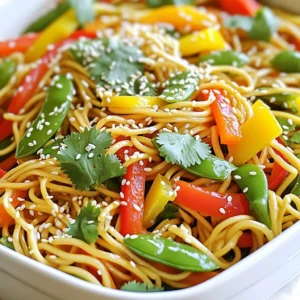

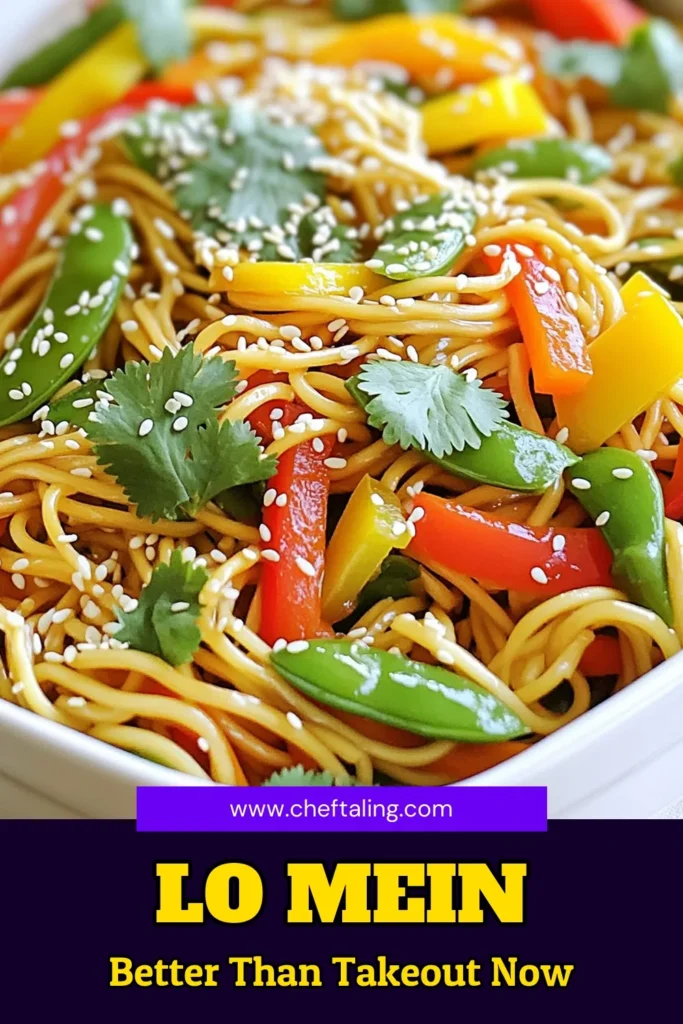

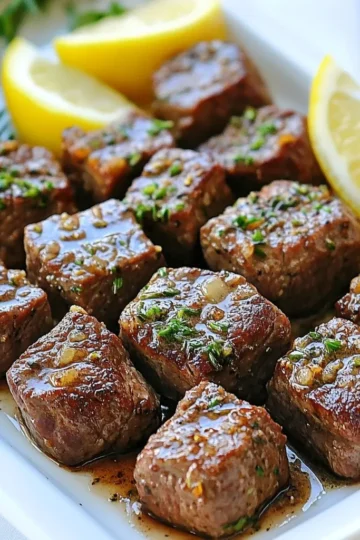
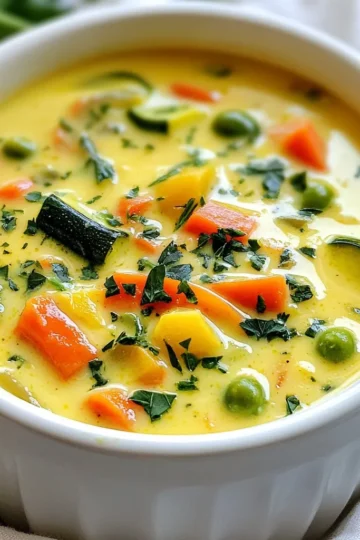
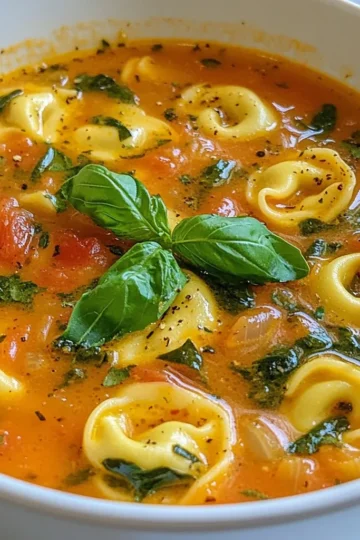
Leave a Reply